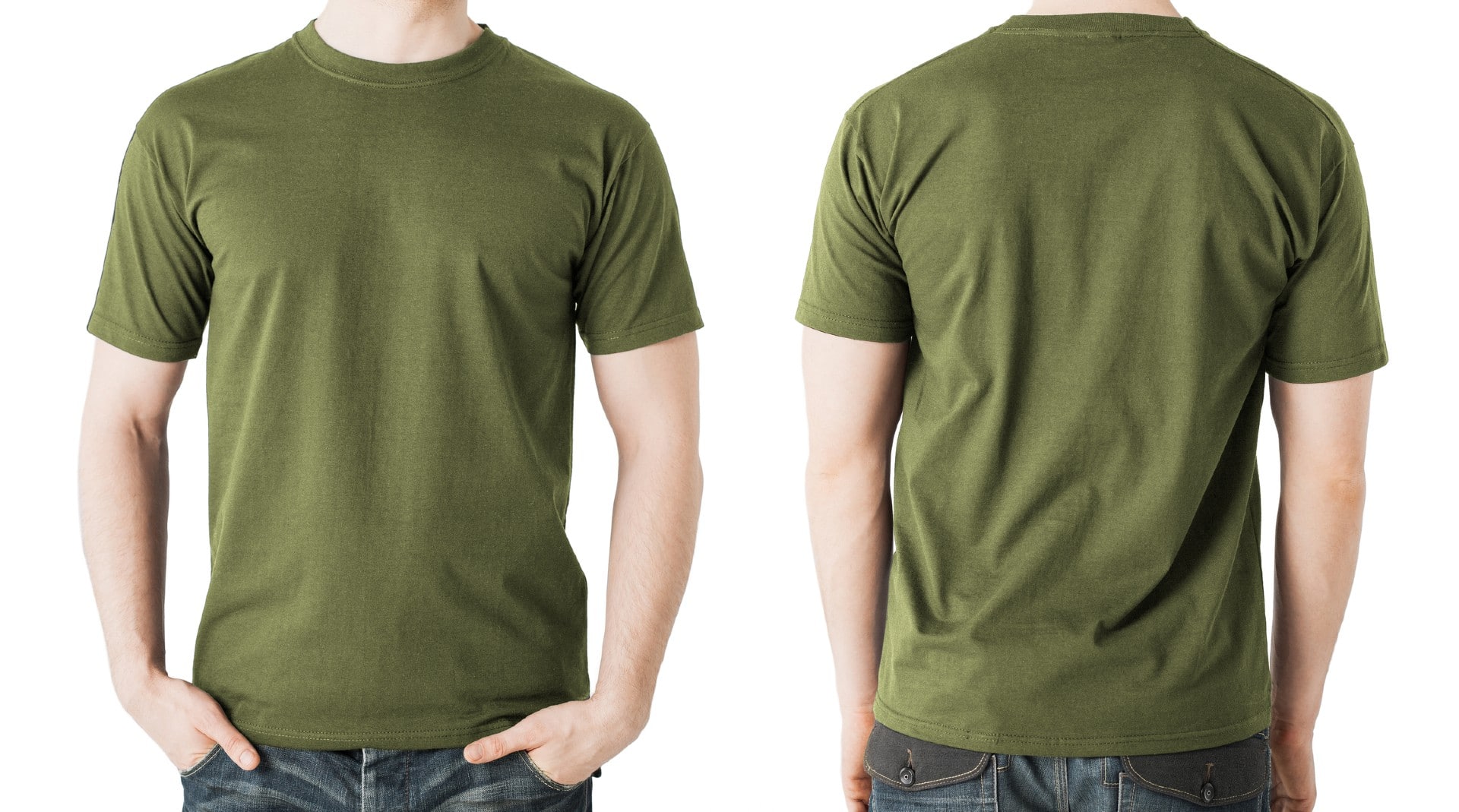Starting a small business isn’t just about making a quick buck. It’s about creating the best possible product for your customers to ensure that your business grows and is sustainable in the long run. When starting a t-shirt business, one of the most invaluable resources you can have is a t-shirt quality guide.
The first step to finding a high-quality t-shirt is choosing the right fabric for your needs. Then you can check the quality of your t-shirt by following four easy steps:
- Check the construction
- Check the material quality
- Wash the t-shirt
- Check the t-shirt after printing
By having a checklist of what to look for and how to test the quality of your t-shirts, you can ensure that your business will trump the competition every time. We’ve put together a basic t-shirt quality guide for you to get you started.
How To Choose Quality Fabric For Your T-Shirt
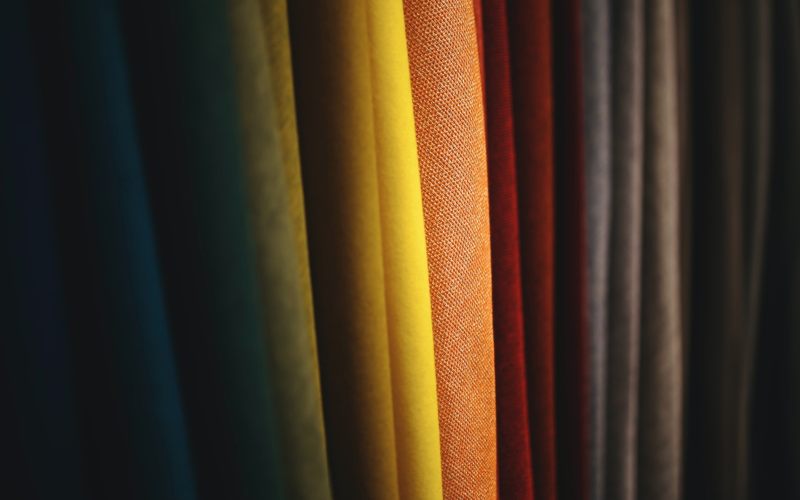
We can’t talk about t-shirts without first talking about fabric. After all, that’s essentially what your shirt is – a few pieces of fabric that are sewn together.
Before we get too technical, let’s talk about the different types of fabrics that t-shirts are generally made of. This will help you get an idea of what to look for in a t-shirt and ultimately impact your final t-shirt buying decision.
There are a few different types of fabric to choose from, like cotton, polyester, polycotton, tri-blend fabrics, and rayon.
Cotton T-shirts | Quality Guide
If you think about t-shirt fabric, the first fabric that springs to mind is usually cotton. And for a good reason.
Cotton has become an industry standard when it comes to t-shirts. This is because it is a lightweight material that is comfortable and breathable. These two factors make cotton a hands-down winner for most t-shirts because they are worn primarily during the warmer months.
As a small business owner, you’ll know that price greatly impacts your decision regarding certain materials. But you don’t have to sacrifice quality for a better price. Cotton t-shirts can have incredible quality and are also super affordable.
Of course, there are different types of cotton that you can choose from. Still, the price and quality of traditional cotton make it a top choice for most t-shirt businesses.
When browsing through supplier catalogs, you may come across ring-spun or combed cotton t-shirts.
Ring-spun cotton goes through a process in which the cotton strands are spun to reinforce the material and make it more durable.
Similarly, combed cotton is also said to be more durable, but it is revered for being much softer than regular cotton. One small benefit of combed cotton is that the combing process helps eliminate any stray strands or fibers that may reside within the material.
While these fabrics are marketed as higher quality than regular cotton, they also come with a much bigger price tag. These fabrics are generally only used for high-end businesses, and the overall difference in quality is minimal at best. Your business – and your wallet – may be better off if you stick with traditional cotton instead.
Polyester T-shirts | Quality Guide
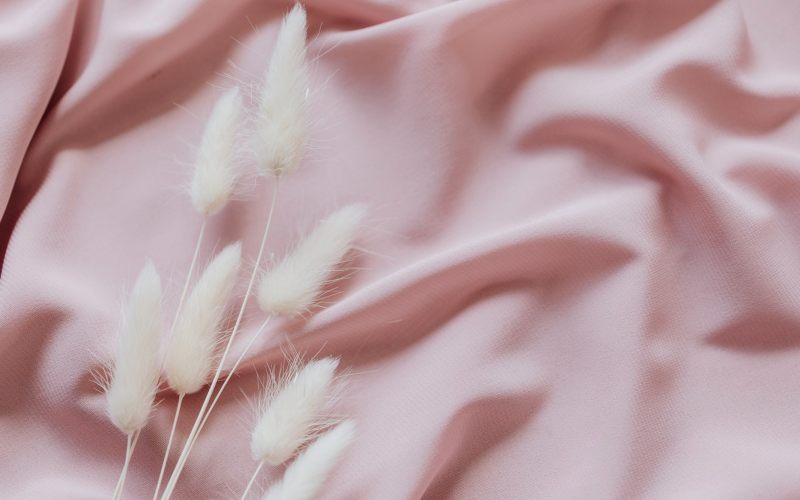
Another popular fabric choice is polyester. While this material is better suited to novel t-shirts than an everyday, casual shirt, it has a few great benefits.
Polyester shirts are much less likely to shrink or wrinkle, which is a common problem among pure cotton shirts.
But, while your shirt may have slightly better durability, you tend to lose some of the breathability and comfort that cotton t-shirts offer.
Like cotton, polyester is an affordable choice for a small t-shirt business. Still, you will have to consider that your shirts won’t be as comfortable as some of your competitors.
Polycotton T-shirts | Quality Guide
Polycotton is exactly what it sounds like – a 50/50 blend of polyester and cotton fabrics. While the ratio of each fabric may differ slightly depending on your manufacturer, this blended material may be the holy grail of t-shirt fabrics.
While polycotton t-shirts may not be as comfortable as pure cotton, they are much more comfortable and breathable than pure polyester shirts. And, because it gives you the best of both worlds, your t-shirt is much less likely to wrinkle or shrink when it has been washed.
That means that your shirts will be more durable, which can set you apart from the competition. T-shirt businesses often lose customers because their shirts don’t last, so by working with polycotton t-shirts, you can set your small business apart from the crowd.
Polycotton is also a much cheaper option than regular cotton, making it much easier for a small business owner to produce much more stock and make more profit in the long run!
Tri-Blend T-shirts | Quality Guide
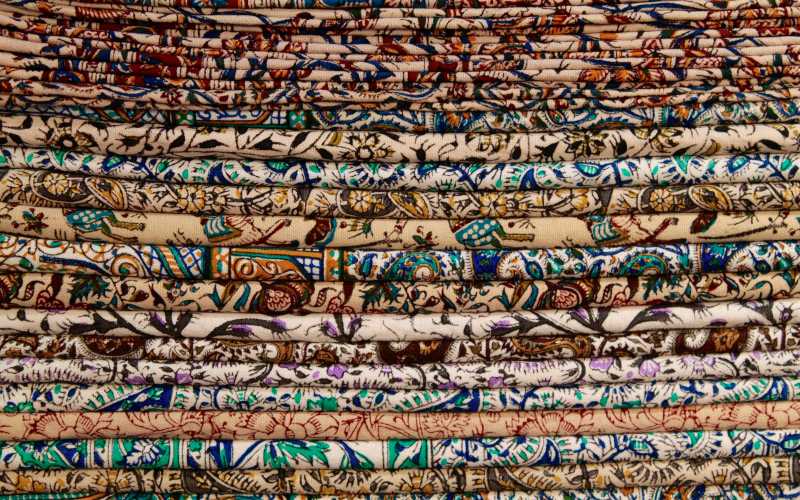
Just like polycotton, tri-blend fabrics are a blend of three different fabric types. Tri-blend is usually a mix of cotton, polyester, and another fabric like rayon.
While these shirts do have their appeal, they are less likely to produce high-quality shirts. This is because the quality of the material can differ depending on the ratio of the fabrics and on your suppliers.
Some suppliers may offer a tri-blend with considerably more cotton and polyester than rayon, making it a great shirt in terms of durability, comfort, and weight. At the same time, the wrong blend can feel uncomfortable and heavy.
If you are just starting out, tri-blends may be the most budget-friendly option for your business. It’s important to double-check the ratios of each material that the fabric uses to ensure that you are getting the best quality you can afford.
But, if you want to avoid the uncertainty altogether, it may be better to buy a tried-and-true fabric from the start.
Rayon T-shirts | Quality Guide
Rayon is a synthetic fabric made of different plant fibers, which are then blended with cotton. While this fabric is lightweight and breathable, it isn’t ideal for everyday use. Instead, rayon is commonly used for outdoor apparel and activewear.
Its weight is both an advantage and a drawback. While it works well for warmer weather, it is not as durable as a polycotton or polyester shirt may be. It is also not as comfortable for casual wear.
If you are looking to start a small business that caters to more active or outdoorsy customers, then this is a fantastic choice for you. But if you want to sell more relaxed clothing that you could use in an everyday setting, you may be better off with another more durable material.
How To Evaluate The Quality Of Your T-Shirts
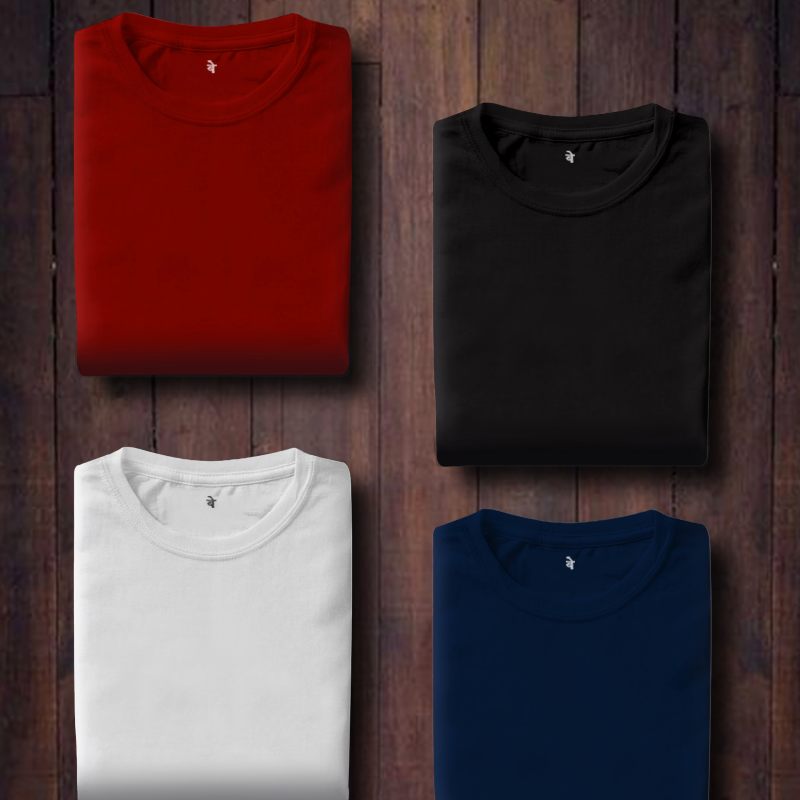
Now that you know what fabric best suits you and your business, you can start checking the quality of your shirts to make sure that you are selling the best t-shirts possible.
Just remember that once you have found your ideal fabric that suits your needs and your budget, you can order them from your chosen reputable supplier. Once your order arrives, you’ll need to check each shirt’s quality level and look out for potential problems or damage.
The following guide will give you a quick rundown on how you can check the quality of your shirts.
1. Check The T-Shirt’s Construction
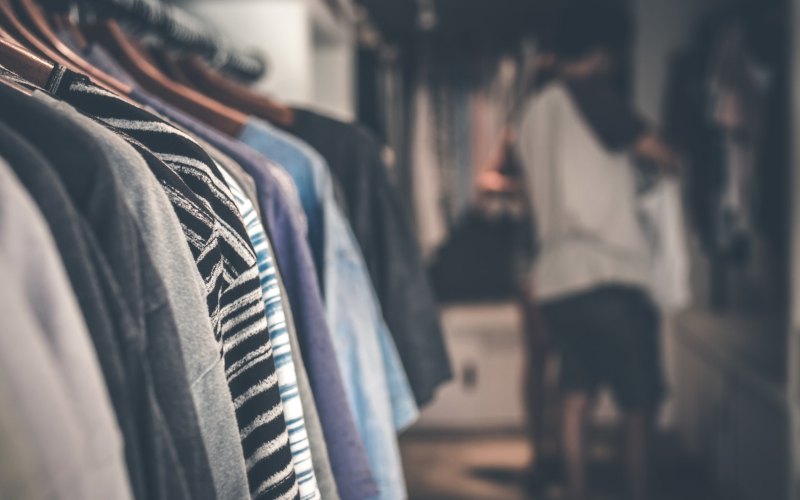
Although fabric choice is the most important factor in making a high-quality garment, the shirt’s construction may be equally as important. After all, you don’t want to pay for expensive shirts that are just going to fall apart!
To check the shirt’s construction, you can turn it inside out and lay it on a flat surface. The shirt should lie flat and shouldn’t wrinkle, bubble, or pucker near any seams or stitches.
By checking each seam and hem for loose or missing threads, you can get a good feel for the t-shirt’s overall durability. If there are loose threads or the stitching is starting to pull apart, you can’t expect your t-shirt to withstand everyday use and frequent washing.
You should also carefully assess whether the stitching is even and consistent. If the stitching is uneven, it can affect how the t-shirt sits.
When you’re looking at the construction, you should pay close attention to the sleeves, collar or neck area, and the lower hem of the shirt. These are generally the first places that you will notice poor construction.
2. Check Material Quality Of The T-Shirt
As we’ve mentioned, buying a certain fabric doesn’t guarantee a quality t-shirt. Some suppliers may use different elements to make up their fabric, which can drastically alter how a shirt looks and feels.
A good indicator of quality is the feel of the shirt. The shirt should feel comfortable against the skin, which is even more important when you are selling casual apparel. Your customers should feel comfortable wearing your shirts for long periods of time, without the fabric feeling too scratchy or uncomfortable.
The shirt should be soft but also thick enough that it will stand the test of time. If a shirt is too thin, it may not be as durable as other shirts. You can test the durability of the material by looking at its transparency.
By holding the shirt up to a light source and stretching the fabric slightly, you will be able to tell whether or not it is completely transparent or whether the fabric lets little to no light in.
If the shirt is too thick and lets no light in, it’s more than likely going to be uncomfortable, and it won’t have much breathability. Ideally, your shirt should let some light in when it is stretched, but not so much that you can completely see through the fabric.
You can also check the material’s quality by bunching up the shirt or a piece of the shirt for a few minutes. When you let the material go, the shirt should have a few small wrinkles.
If there are no wrinkles, the shirt could be made completely out of synthetic materials, which makes for a more uncomfortable shirt. But, if there are too many wrinkles, the shirt wouldn’t be able to withstand everyday use.
3. Wash The T-Shirt
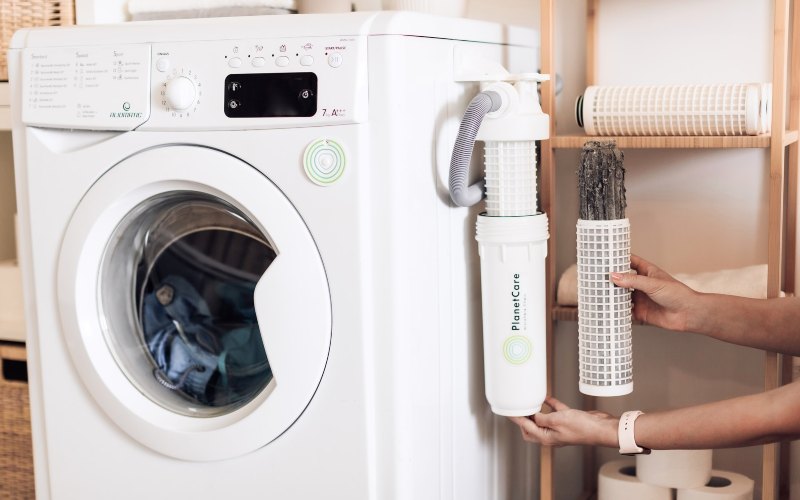
Of course, your t-shirt may seem perfect. That is until you put it through a wash cycle or two and the color starts to fade, or the feel of the material begins to change.
Your t-shirt should be able to withstand washing without having the color bleed onto other garments or fade. Shirts begin to fade over time, but you don’t want them to start to fade from the first wash!
Some t-shirt suppliers also use a common technique of coating the shirt with different materials like starch to make the shirt feel softer to the touch. But, once the shirt has been washed, it may start to feel a lot different!
By washing the shirt before you print, embroider, or transfer your designs onto it will help you to get a good idea of how the t-shirt will last once it reaches your customer.
4. Check The T-Shirt After Printing
As a small business owner, you never want your products to deteriorate over time. So, to ensure that the shirts that you are printing on are of the best quality, you’ll need to create a test shirt.
Start by printing or transferring your design onto the shirt and letting it sit so that the ink can dry or the design can properly set into the fabric. After around 24 hours of curing, your t-shirt will be ready for inspection.
After 24 hours, you can start by looking around the design for cracking or peeling, particularly in the corners of the design. If there are no cracks, you can stretch the fabric and check it again. You can also wrinkle the fabric and check for any peeling on the design.
If there are any cracks or peeling in the design, the problem is either with the shirt or the quality of your printing method. It’s important to keep in mind that not all printing techniques work on every t-shirt fabric.
If there are no cracks, you can once again wash your shirt and check on the design once it has properly dried out. Your design should be in tip-top shape. If not, you may have to reassess your printing method or look for a t-shirt that is compatible with your print or transfer method.
Conclusion
Now that you know how to find the best quality fabric for your budget and you know how to test the T-shirt both before and after printing your designs, you’re ready to take your small t-shirt business to the next level. Good luck!
Bryan E. Robinson is the former owner of TshirtGrowth. He has sold t-shirts since 2006 through dropshipping, screen printing, vinyl printing, DTG, Print on Demand, and more. Bryan has created his own t-shirt designs through Photoshop, Canva, and other platforms, as well as worked with freelancers to create many of his designs. Besides t-shirts, Bryan has over 18 years of experience in online marketing with eCommerce, B2B SaaS, B2C products, and more.

